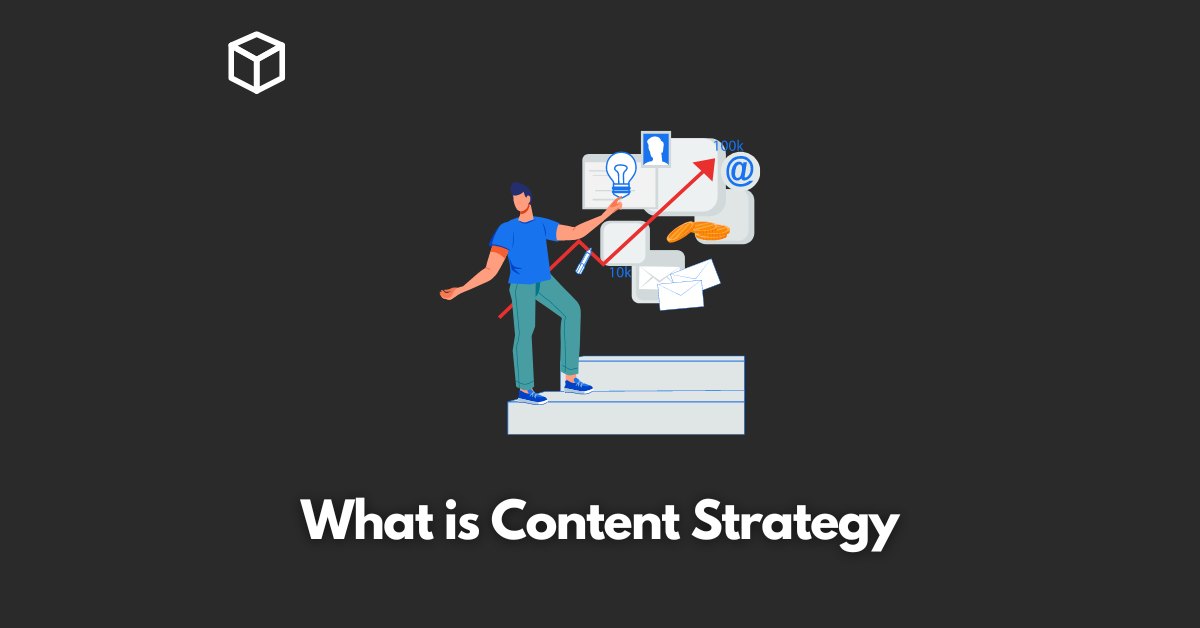Nowadays businesses and organizations of all sizes are realizing the importance of having a solid content strategy in place for their products and services.
A content strategy is a plan for creating, publishing, and managing content that is tailored to meet the specific needs of a target audience.
This can include anything from blog posts, videos, and infographics to social media posts and email marketing campaigns.
In this article, we will discuss the various components of a successful content strategy, including audience analysis, content types and formats, content creation and production, and content management and distribution.
Audience Analysis
One of the most important aspects of a content strategy is understanding your target audience and their needs.
Without this knowledge, it is difficult to create content that will effectively engage and inform your audience.
There are several methods for conducting audience research, including surveys, interviews, and analytics.
Surveys can be used to gather demographic information and opinions on specific topics. Interviews can be used to gain a deeper understanding of audience needs and pain points.
Analytics can be used to track the performance of existing content and identify patterns in audience behavior.
Content Types and Formats
When it comes to creating content, there are many different types and formats to choose from.
Some popular types of content include blog posts, videos, infographics, and social media posts.
Each type of content has its own strengths and weaknesses, and it is important to consider which types will be most effective for your audience and goals.
Blog posts are great for providing in-depth information on a specific topic, while videos can be used to provide a more visual and engaging experience.
Infographics are great for breaking down complex information into a more easily digestible format, while social media posts can be used to keep your audience engaged and informed on a regular basis.
Content Creation and Production
Creating high-quality content that will engage and inform your audience requires a combination of research, writing, editing, and design.
The research phase is important for gathering information and understanding your audience.
The writing phase is where you put that information into a format that your audience will find useful and engaging.
The editing phase is where you refine your content and make sure it is free of errors and inconsistencies.
The design phase is where you make your content visually appealing and easy to navigate.
It’s also important to keep in mind that creating high-quality content is not a one-time process but a continuous effort.
Content Management and Distribution
Once your content is created, it’s important to have a plan for publishing, promoting, and maintaining it.
This includes using social media, email marketing, and other channels to distribute your content and reach your target audience.
It’s also important to regularly review and update your content to ensure it remains relevant and valuable to your audience.
Additionally, in order to optimize your content for search engines, you should make sure to use relevant keywords, meta tags, and other SEO techniques.
Conclusion
In conclusion, a content strategy is essential for any business or organization looking to effectively engage and inform their target audience.
By understanding your audience and their needs, creating high-quality content, and managing and distributing that content effectively, you can ensure your content is reaching the right people and making a real impact.
By implementing a content strategy, your business or organization can improve its online visibility, increase engagement, and achieve its goals.
It is essential to continuously analyze the performance of your content, track the engagement and conversion rate, and make data-driven decisions to improve and optimize your content strategy.
To achieve the desired results and stay ahead of the competition, it’s important to stay up to date with the latest trends and best practices in the field of content marketing.




